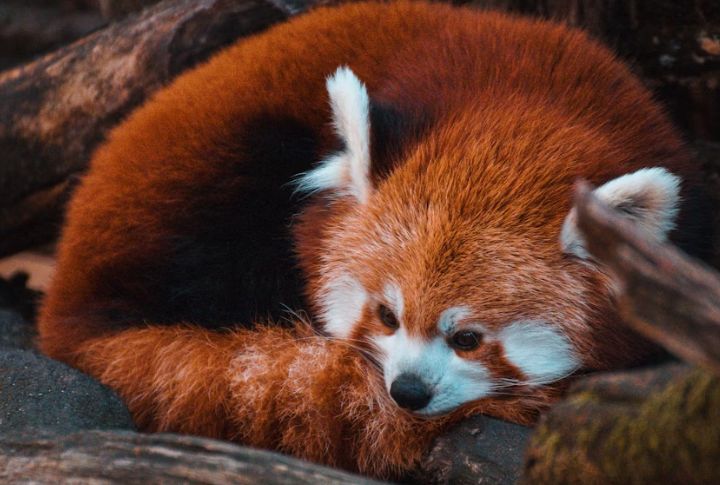
The U.S. mountain ranges are full of wildlife, but spotting these elusive creatures isn’t easy. Many of the animals that roam high-altitude peaks are masters of stealth, staying hidden from human eyes. Here are some of the rarest and most intriguing mountain dwellers you’ll likely never see.
Mountain Goats
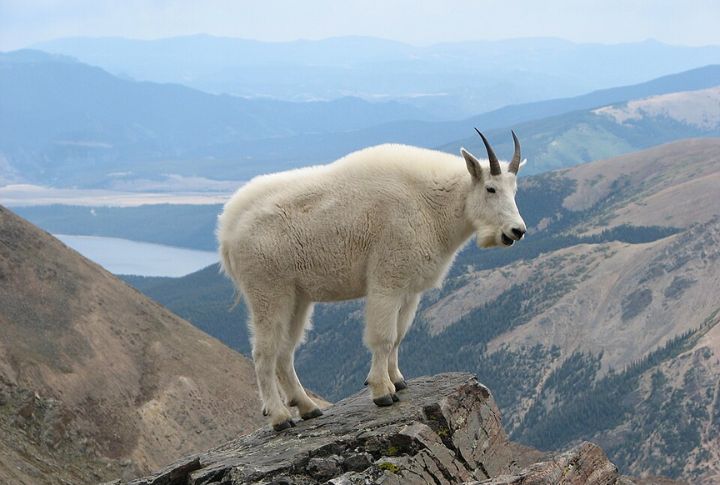
If you spot what seems like a giant cotton ball on a cliff, it’s likely a mountain goat. Equipped with hooves that act like climbing shoes and an impressive sense of balance, they navigate near-vertical rocks in the Cascades to graze. These agile climbers prefer the high ground, staying above the treeline to avoid predators and humans.
Snowshoe Hares
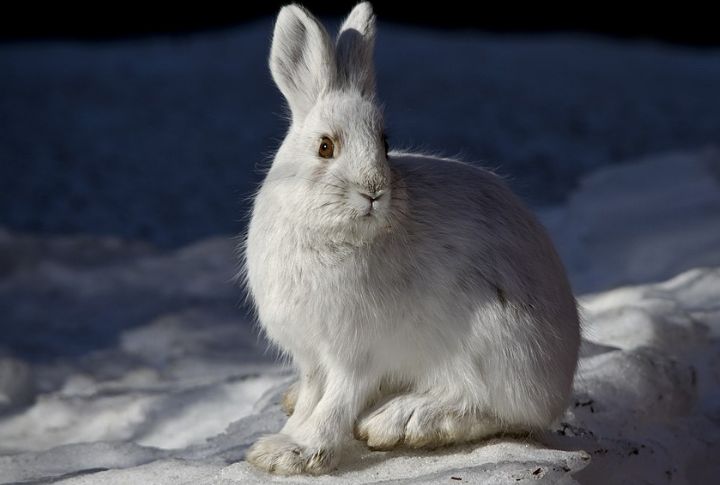
Thanks to their seasonal wardrobe change, Snowshoe Hares practically vanish in the snow. During summer, they’re brown; come winter, they’re blinding white. Their huge hind feet help them skim over snowbanks, giving them a head start when fleeing predators like Lynxes. Catching one in action means you’re lucky—or really, really quiet.
Lynx

Deep in New York’s Adirondacks, the Lynx stalks through spruce and fir forests. Those signature ear tufts? They look decorative, but they’re part of this predator’s toolkit. With padded paws and laser-sharp focus, it mainly hunts Snowshoe Hares and stays far away from human gatherings. Rarely seen, always working, this cat’s more like a ghost than a neighbor in the mountains.
Cougars
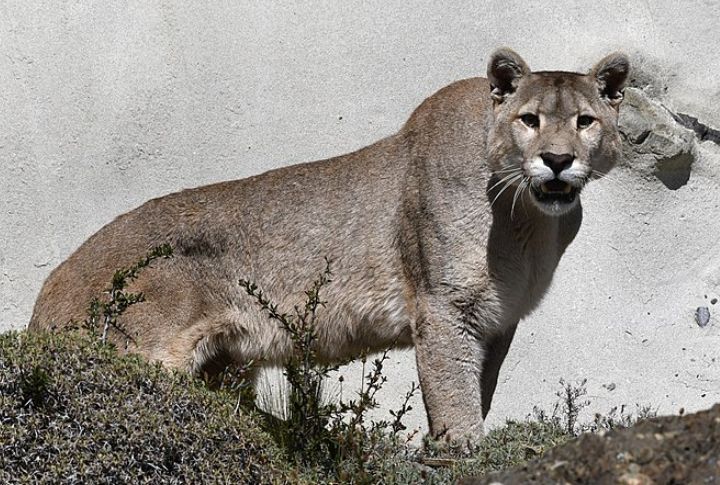
Be careful in the Wasatch Range; a cougar might be closer than you think. With powerful limbs and serious stealth, the feline silently stalks prey through dense forests and snowy slopes. It mostly avoids humans by instinct, but when it does appear, it’s fast, focused, and gone in a flash.
Yellow-Bellied Marmots

You’ll often hear a marmot before you ever spot one. Locals call them “whistle pigs,” thanks to those sharp alarm calls. In summer, they lounge on warm rocks and graze alpine meadows. However, with fur that blends into the landscape and a habit of freezing in place, they’re easy to miss.
Gray Wolves
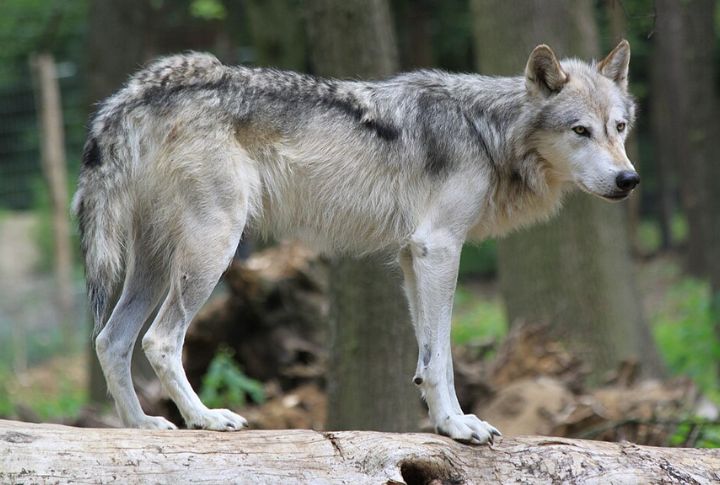
In parts of the Northern Rockies, the sound of a howling gray wolf still cuts through the silence. These pack animals operate like families, coordinating hunts and raising pups together. Though once driven nearly to extinction, they’re bouncing back, but still keep their distance, wary of humans and loud machinery.
Grizzly Bears

Think bears are slow? Grizzlies can outrun a horse, swim across rivers, and vanish into dense brush. Most live deep in the Northern Rockies, far from trails and camps. They’re masters of keeping their distance—so unless you’re deep in the wild, you’ll likely only see their tracks.
Red Foxes
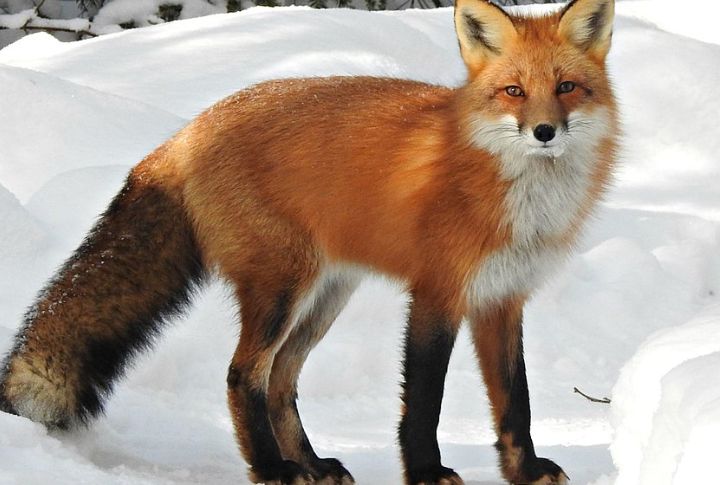
A red fox crossing fresh snow stands out against the white, but that’s often the only glimpse you’ll get. In the Catskills, they keep to wooded cover, moving silently and alone. Their zigzagging trails and hidden dens make them hard to spot, even though they’re active year-round.
Moose
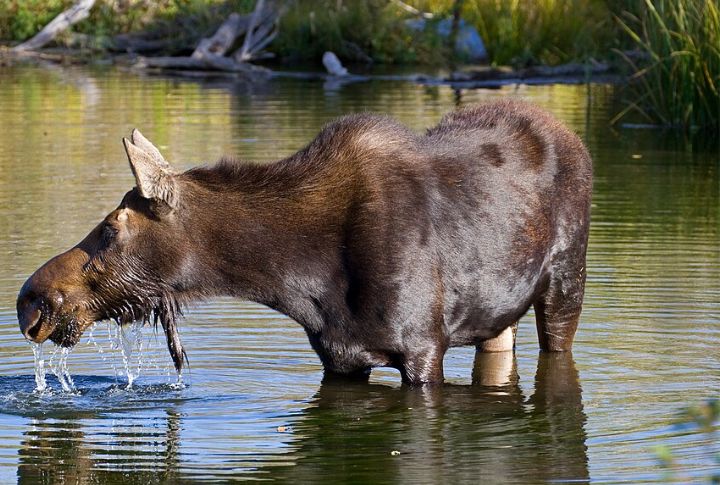
In the early morning light, a moose might be wading through a Grand Teton pond, munching on aquatic plants. At nearly 7 feet tall at the shoulder, they are easy to miss when standing still among the trees. These animals are calm unless provoked and deeply affected by heat, making cooler elevations their preferred home.
Pikas
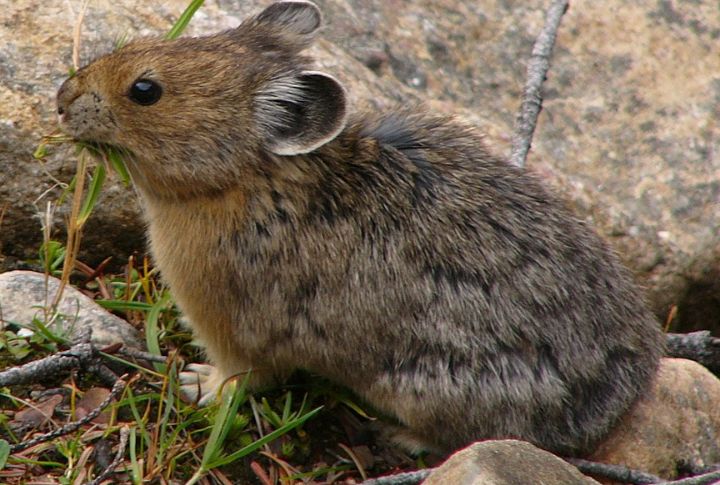
You might not spot the American pika, but its call is part of the mountain soundtrack. It chirps from rocky crevices, alerting others while collecting grasses to stash for winter. Their survival depends on staying cool and organized. So, as climate zones shift, these hoarders are pushed higher and higher up.
Bighorns

When two Bighorn Rams clash, it sounds like gunshots echoing through the valley. Although these battles aren’t daily events, if you’re lucky, you’ll hear the thud of horn meeting horn. Living on cliffs gives them safety from predators—and spectators. Most of the time, they’re grazing peacefully on slopes humans can’t reach.
Martens

Elusive and fast-moving, the American marten hunts in alpine forests during twilight hours. It’s rarely seen due to its quiet, solitary habits and preference for dense cover. With a lean frame, keen hearing, and thick fur, it’s well adapted to cold climates and rugged terrain.
Snow Leopards
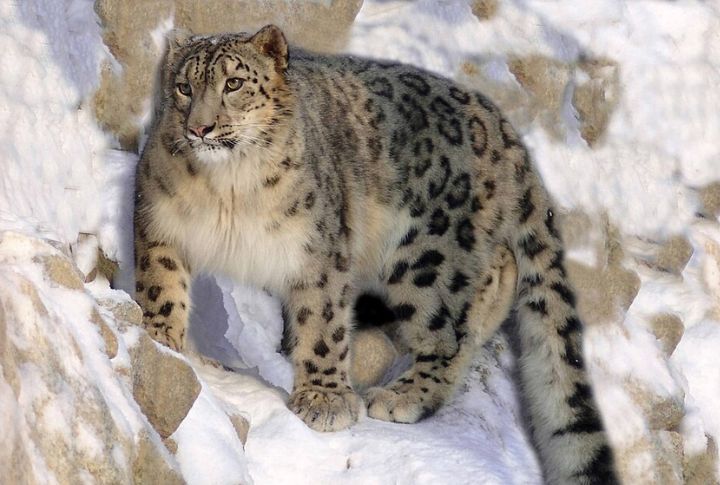
Snow leopards are built for the remote, snow-covered cliffs of Central and South Asia. Their dense, dappled fur blends perfectly into rocky terrain, and they can leap up to 30 feet across ravines. Because they inhabit some of the world’s most inaccessible regions, spotting one in the wild is an extraordinary and unforgettable experience.
Red Pandas
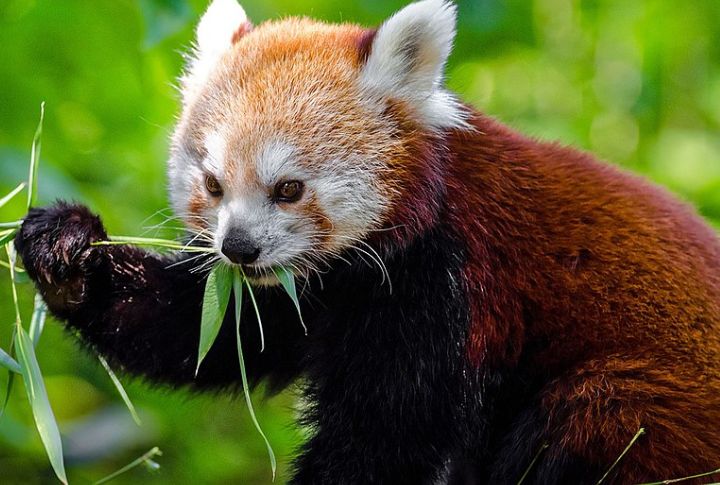
Forget the zoo version—high in the Eastern Himalayas, red pandas nap in trees and munch bamboo in chilly silence. They use their bushy tails for balance and warmth and are rarely seen except at dawn or dusk. These elusive animals are agile climbers but sensitive to human activity and habitat loss.
Golden Eagles

Golden Eagles soar over rugged American peaks with a wingspan nearing seven feet and eyesight keen enough to detect prey from two miles away. Capable of diving at 150 mph, they’re apex predators in the sky. However, spotting one is uncommon since their territories are vast, and they avoid heavily populated or disturbed areas.
Black Bears

Roaming the Appalachian and Rocky Mountains, black bears tend to stay out of sight, avoiding human contact unless food is nearby. Though bulky, they are adept climbers and surprisingly nimble. Their diet includes berries, insects, and fish. While hikers might not spot them, their distinct tracks often reveal their presence in the wild.
Ring-Tailed Lemurs

Though native to Madagascar, not the Americas, ring-tailed lemurs symbolize isolation and adaptation. These ground-dwelling primates live in matriarch-led groups, use scent and calls to communicate, and sunbathe to warm up in cool highland climates. Their limited range and shrinking habitat make sightings increasingly rare, especially outside protected reserves or national parks.
Wolverines
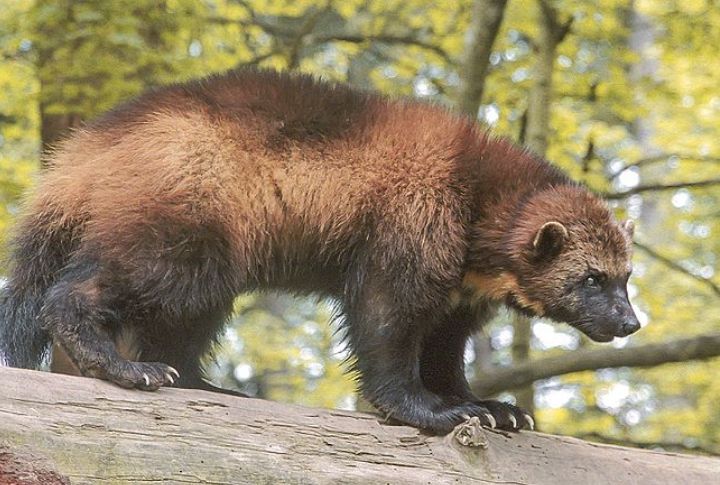
Wolverines still roam parts of America’s high country. Solitary and wide-ranging, they can travel 20 miles in a day, even over deep snow. Their jaws can crush bone, but they’d rather scavenge than fight. If you come across one, consider yourself officially welcomed into the world of rare sightings.
Mountain Beavers
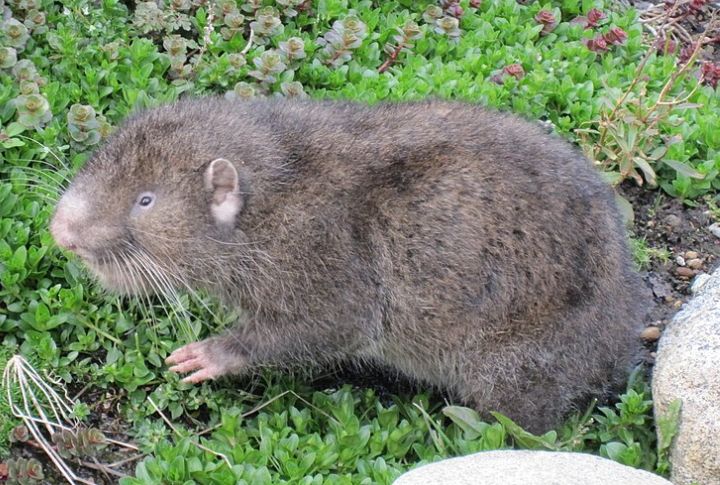
Despite its misleading name, the mountain beaver doesn’t build dams or slap tails. Found in the damp forests of the Pacific Northwest, it prefers solitude underground. Its maze-like burrows protect it from predators and the weather, with their secret tunnels helping keep the forest floor thriving and diverse, away from human interruptions.
Ocelots
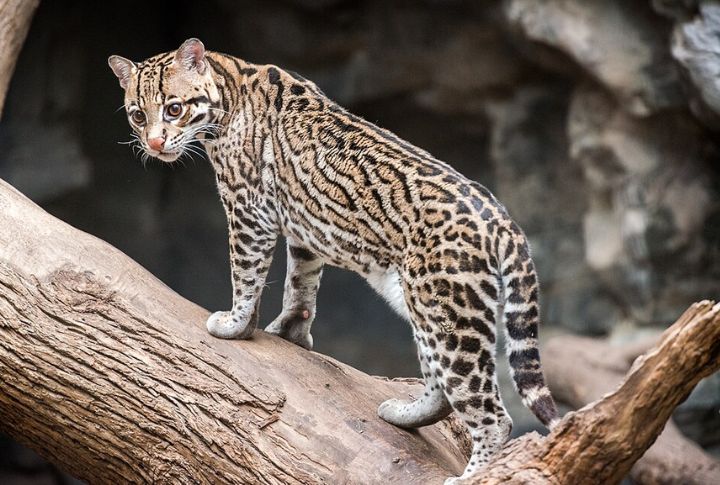
In places near the Rio Grande Valley, along southern Texas, the elusive Ocelot prowls. With a sleek, spotted coat, it melts into dense brush and rocky outcrops. Primarily active at night, this small wild cat preys on rodents and reptiles. Sightings are rare, but tracks sometimes reveal its secret path.

